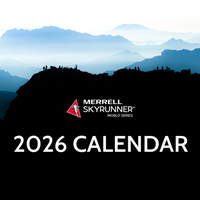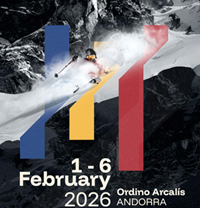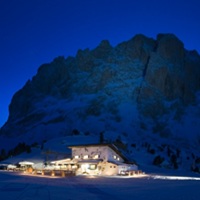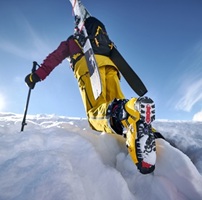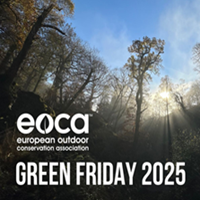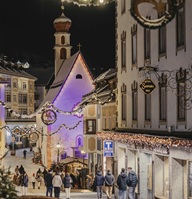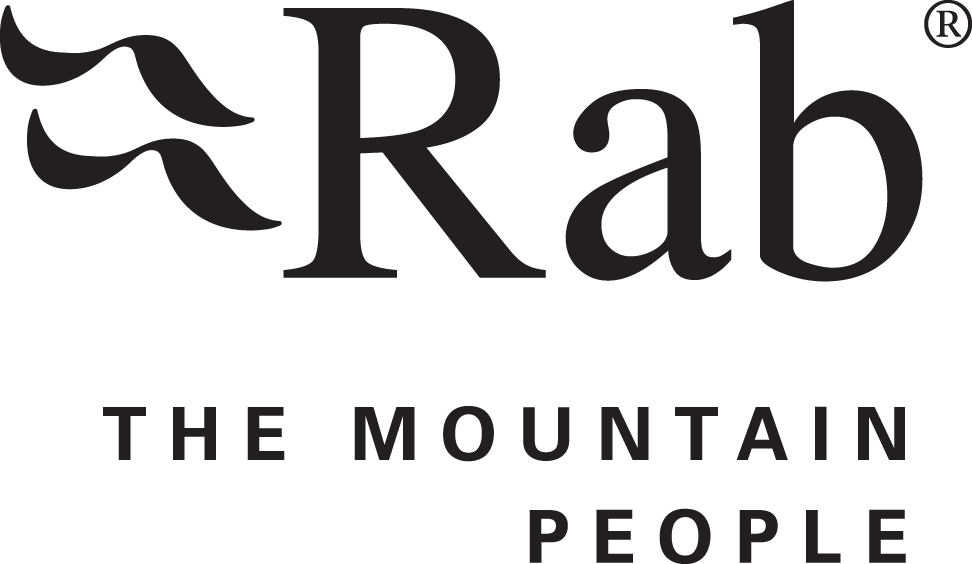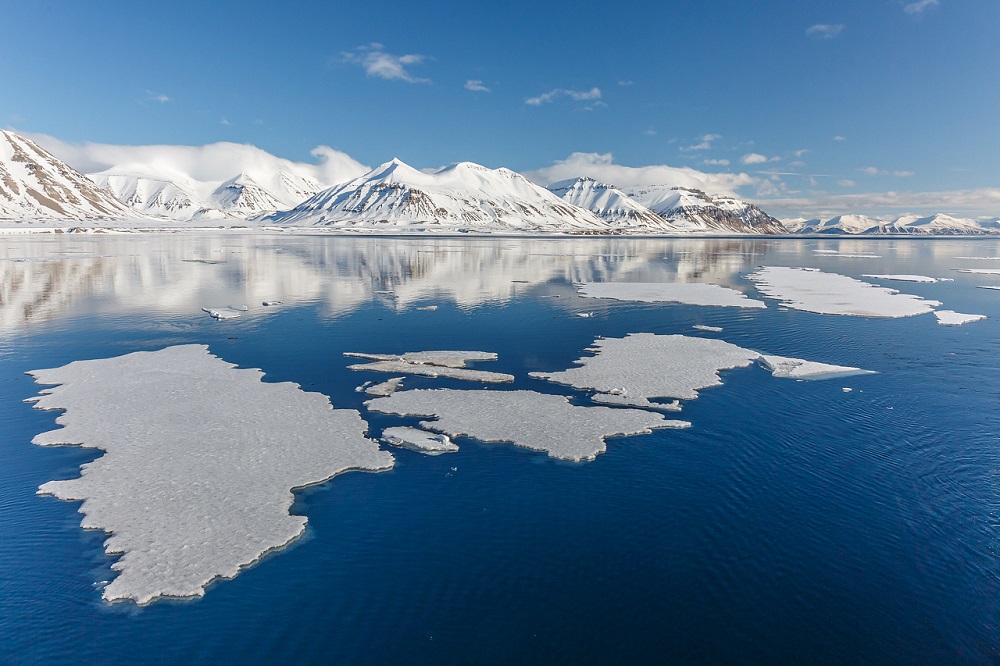
Alessandro Gruzza, nature photographer from Trento (Italy), has just achieved two awards from two of the most prestigious nature photography competitions in the world:
– His image “The living reservoir” is among the very best 100 photographs of The Wildlife Photographer of the Year 2022 – in the “Wetlands – The Bigger Picture” category. The photograph has been chosen from about 45,000 entries in the 2022 competition and it is included in the exhibition presented in the galleries of the Natural History Museum in London, that will tour the world to 23 venues across 3 continents;
– “A glow in the dark” has been chosen among the awarded images of the GDT European Wildlife Photographer of the Year (Germany), in the “Landscapes” category.
We’ve interviewed Alessandro, who is also one of the partners of the Mountainblog publishing company, as well as one of our bloggers.
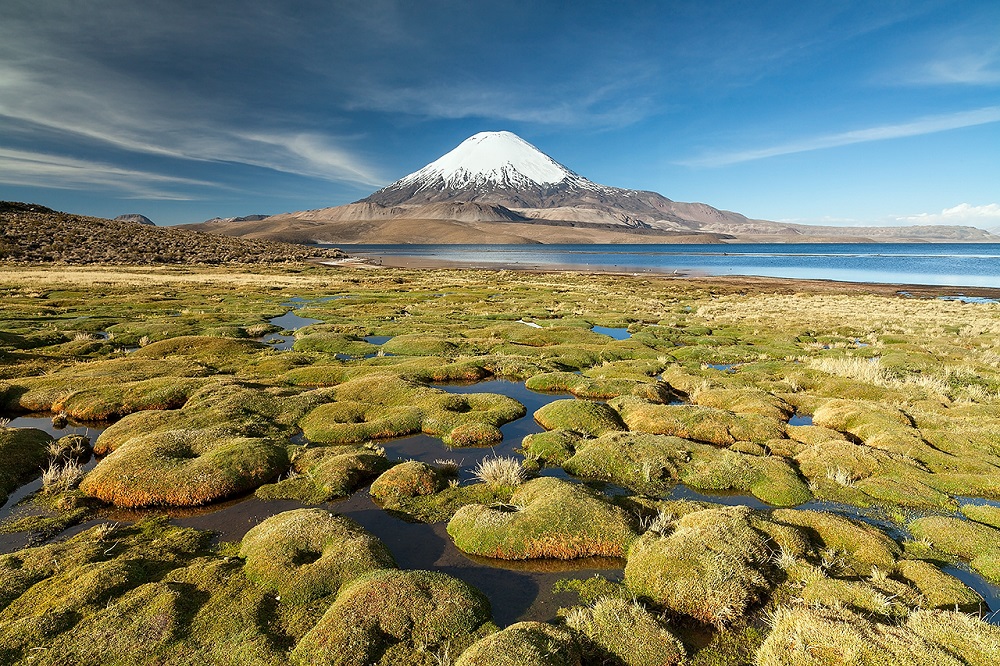
You shot “The living reservoir” during a trekking in the Chilean Andes, in the wetlands of Lake Chungarà (4,800 meters): in your image, a carpet of pillow plants (Distichia muscoides) stands out in the foreground. These plants grow at these altitudes in an ecosystem dominated by the volcanic cone of Mount Parinacota (6,348 meters). Why is this photograph particularly significant from an environmental point of view?
High Andean wetlands are precious water-rich ecosystems concentrating life and sustaining biodiversity in high-altitude dry ecoregions. Moreover, they are able to breath in much more carbon dioxide than other habitats, thus they are very rich in nutrients and organic matter. The survival of these wetlands, on which wildlife and livestock depend, mainly depends on meltwater from mountain glaciers. Hence, they are a precious source of water in a very fragile environment, which is affected by climate warming and less rainfall. These extraordinary plants have adapted to thrive in such extreme conditions and are characterized by densely-packed, evergreen stems and leaves forming a firm, moss-like surface.
The photograph “A glow in the dark” has been created at 4,300 meters in the Argentinian Andes, in the middle of a wilderness of primordial beauty, where the different rock composition displays sediments with many shades of color. Here, it’s the beauty and the splendor of light to fascinate: how was this shot conceived?
Many of my photographs have a “behind the scenes” made of logistic planning, choice of the moment of the day, careful study of the direction of the light. However, In the midst of Nature, as on the other hand in life itself, any moment must be lived when it comes, and the light conditions can be very different from those expected. I had visited this place the day before during a “beautiful” sunny day, which often for us photographers it is not the best condition. So, I went back up there the next day to the same location, this time with very different weather conditions. On the top of the mountain, an “avalanche” of bright clouds descended along the ridge in stark contrast with the stormy layer above the almost 5,000 meters high peaks, not letting the sunlight pass through. However, shortly before sunset, the sun in its descent towards the horizon found a gap in the clouds, illuminating the mineral diversity of the eroded limestone layers, like actors on stage.
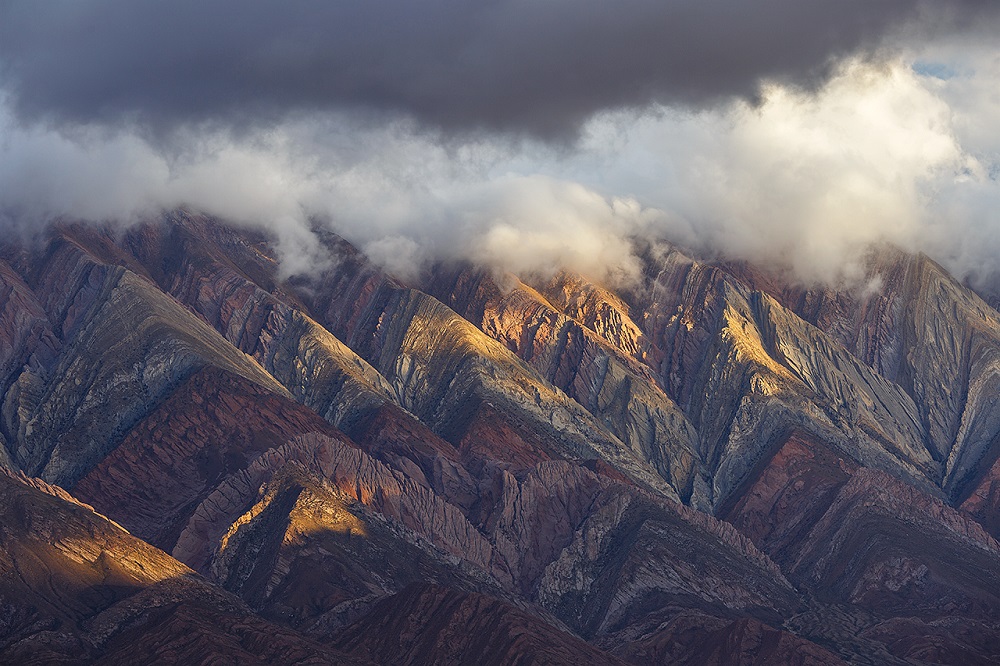
Biodiversity and climate change: how much do these themes inspire and guide your photographic work, and how much instead is the pure search for beauty to guide you in the choice of your subjects?
Beauty, indeed Beauty, is the spontaneous language with which Nature speaks to us and this is directly linked to the great themes of biodiversity loss and climate change. I also write it on the home page of my website: our deepest well-being is intimately connected with that of Nature, which releases her beneficial force and her vital energy through Beauty, her supreme expression. The message that I convey with my photographs is addressed to Man to remind us to listen to that language, whether it is of beauty or cry of pain, and to realize that in reality it comes not only from Nature herself, but from each one of us, as we are that same substance. When we will begin to treat the river, the mountain, the forest, the sea, the soil, as a living being interconnected to ourselves, that is, when we will begin to love it as part of us, then it will be spontaneous to take care about it. The direct consequence will be a spontaneous regeneration of biodiversity and of our well-being. My photographs aim to unite Man and Nature. The main purpose of my photographic activity is to convey a message that can ignite inner awareness to respect, protect, regenerate Nature herself, as our Home.
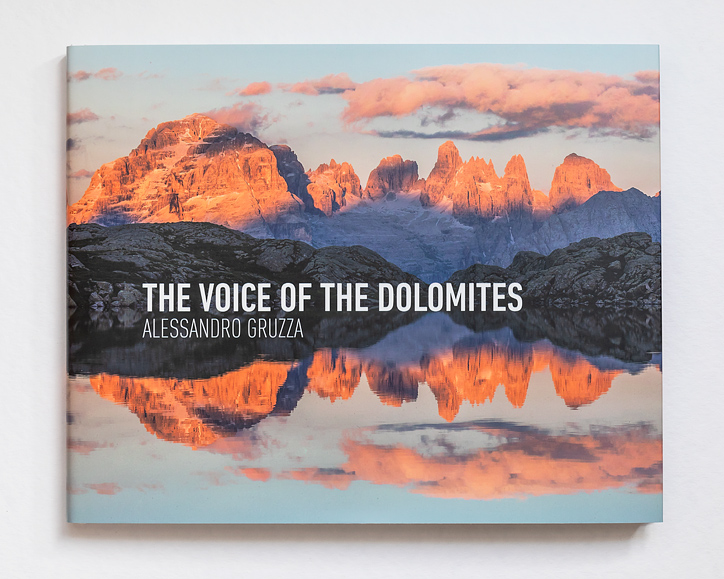
You are the author of two photographic books, “The Voice of the Dolomites” and the most recent “You are Nature”. In the first one, you show with your images that the Dolomites constitute an ecosystem that has nothing less in terms of beauty than more exotic areas of the world. In the second, we find a text accompanying the images that goes far beyond their simple description, in which you speak about yourself and your vision of life. What motivations encouraged you to carry out this type of editorial work?
“You are Nature” has the ambitious purpose of bringing Man closer to Nature. To raise the individual conscience and transform it into a collective conscience. To transmit the message that the well-being of each one of us deeply depends on how much Man and Nature are in balance and harmony. It is no coincidence that the idea for this book was born at the beginning of summer 2020, when I stopped listening to the daily messages from the outside world, based on fear and falsehood that we now see where they led, and I shifted my attention from outside to inside myself. I went to a forest, in contact with Nature, and I started writing. The strongest motivation was the desire to share with the reader an inner journey that has literally changed my life, hoping that it can positively affect everyone searching for their own path of life, their own inner awakening, their best version of themselves. Each one of us is a precious and unrepeatable piece in the great mosaic of life, and Nature is a supreme energy source to draw from. The images in the book act as a “visual caption” to the words of the text. They are encounters with light that took place all over the world: from the peaks of the mountains to the immensity of the sea, from the cold of the ice to the heat of the desert.
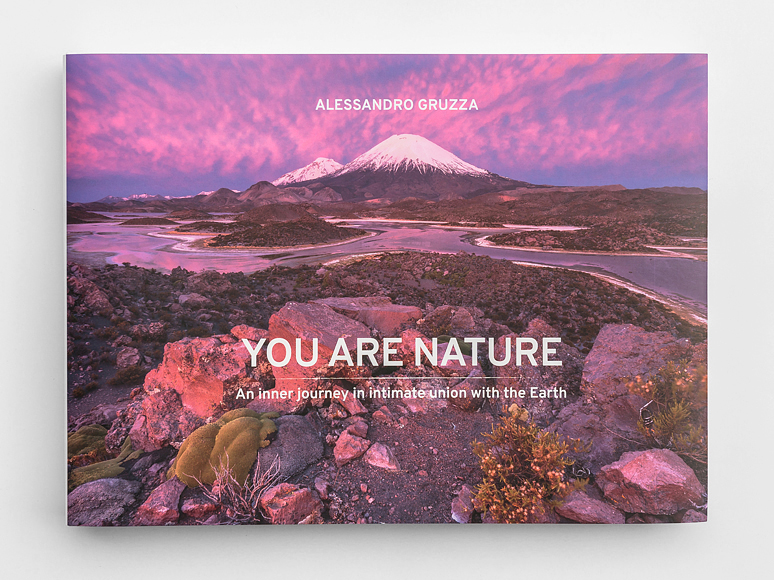
Do you think that nature photography can play any kind of role in this historical phase of great changes and environmental crisis? And if so, which one and how?
The power of images has the strength to awaken consciences and make humanity change course. I am personally convinced that environmental degradation is a direct reflection of human degradation, as a consequence of the separation from Nature and among ourselves. The big changes do not happen by waiting for different political choices that may never come. They come from below, from each one of us, from me and you who are reading right now. And great changes, even positive ones, are already silently taking place. More and more people in every corner of the planet are evolving to greater awareness and are acting against the tide in the most disparate fields, from health to agriculture, from nutrition to economy, by reaching, in the end, the same conclusion: aligning with Nature is the way to regenerate ourselves and the world we live in. First and foremost, this means returning to connect to the Earth. That is something extremely natural and inherent in human nature, but from which modern society and its conditioning have dangerously moved us away. It means living it, going inside it, walking on it, touching it with your hands, listening to its voice, contemplating its Beauty. It means understanding how we are inextricably dependent on it. It means protecting it and – increasingly urgent – it means regenerating it. Mainly, it means knowing it and understanding how it interacts with us for our well-being. And the more you know it, the more your choices spontaneously go in the direction of your true physical, mental and spiritual well-being. In this sense, photography has a great communicative power and a great responsibility to convey these messages.
Short bio:
Alessandro Gruzza, nature photographer and author.
He won a “Highly Commended Award” in the Wildlife Photographer of the Year 2020 and 2022, organized by the Natural History Museum in London.
Alessandro won the 2nd prize in the Nature Photographer of the Year 2016, organized by the National Geographic in Washington. He founded the Munay publishing house in 2018, with the aim of creating photographic books aimed at conveying respect, protection and love for Nature. “The Voice of the Dolomites” (2018) and “You are Nature” (2021) have been personally published and produced. Alessandro is a partner of White&Poles Communication Ltd, owner of MountainBlog Italy and MountainBlog Europe, leader online magazine dedicated to the outdoor world.


